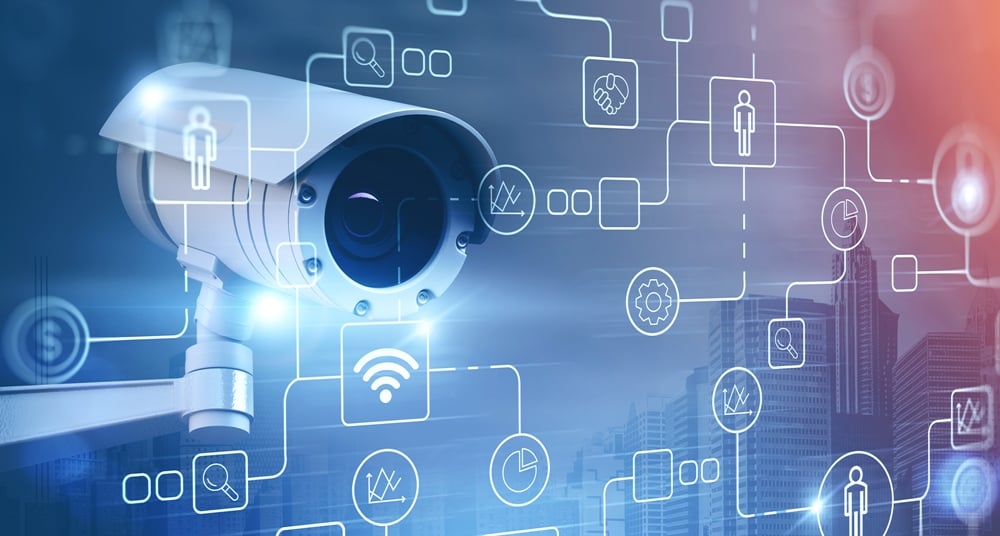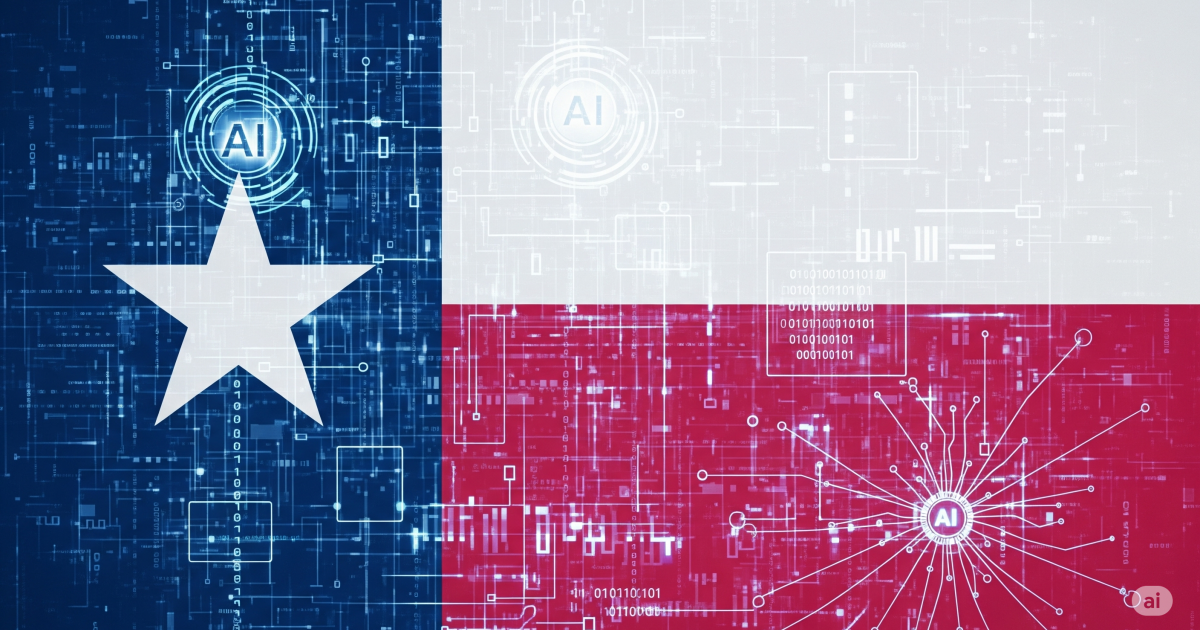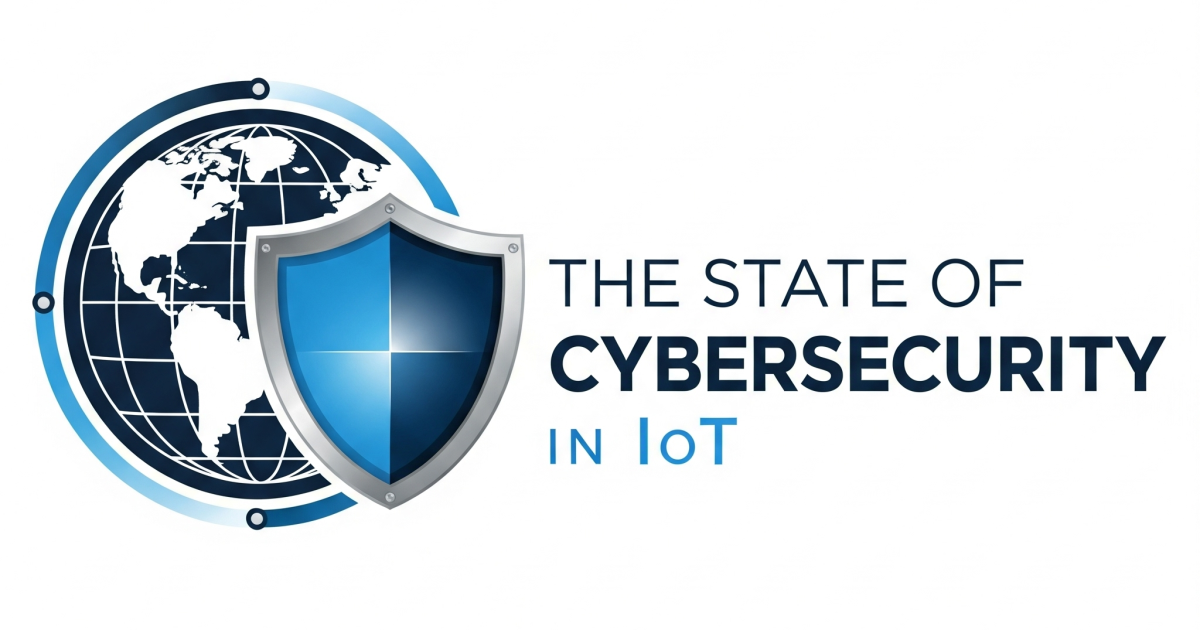
Throughout the world, cities are getting smarter as connected devices become increasingly integral to a wide range of processes. Traffic management systems leverage real-time analyzation of video data to help keep people moving. Surveillance cameras help keep them protected and drive efficiencies of emergency first responders. IoT-enabled sensors are even capable of monitoring the structural health of buildings, critical infrastructure, and environmental conditions. These connected devices are designed to make our lives easier, safer, and more convenient, but they bring with them inevitable concerns about issues like privacy. Alleviating these concerns by fostering a more complete understanding of what today’s smart surveillance landscape actually looks like should be a top priority for both city officials and device manufacturers.
Modern Surveillance is Practical, Effective
Facial recognition is a great example of a technology that would benefit from an open discussion of the ways it can be used to add value to society without causing harm, particularly as television and movies have given people a somewhat exaggerated impression of how modern surveillance techniques are actually used. In truth, technologies like facial recognition are becoming increasingly commonplace, and their uses are much more practical than Hollywood thrillers might lead you to believe.
Facial recognition is generally used to compare the faces of those it scans to existing databases. This makes it useful for security purposes because it can identify individuals known to be dangerous, or individuals banned from a specific location for a past offense. This is an automated process—there is no direct human involvement until the system flags a potentially dangerous person based on pre-determined conditions.
This helps make surveillance more reliable. Unlike humans, computers are immune to fatigue—which means fewer errors. A human being staring at one (or more) camera feeds can make mistakes even under ideal conditions, and studies have shown that the longer people look at video screens, the less efficient they are at monitoring them. Similarly, the longer we look at images, the less capable we are of identifying differences or patterns. By handing off this responsibility to today’s advanced analytics, we can greatly reduce the impact of operator fatigue. While a human will still need to be involved at some level, today’s surveillance tools can provide that human with crucial and objective context for what they are seeing, resulting in better, more accurate results.
Added Emphasis on Ethical Outcomes
When deploying new surveillance technology, local municipalities must define their “why.” Is it for public safety? To collect and monetize data? To increase efficiency? The ability to articulate clear answers to these questions not only helps the public better understand a technology’s costs and benefits, but it improves governance of that technology, including where it is deployed and how it is ultimately used. Assuring that a technology like facial recognition is deployed equitably, so as not to provide unique benefits to certain segments of a community, can go a long way toward avoiding perceptions that the technology is being used in a way that disproportionately targets certain groups.
This is an important factor. While it would be a mistake to assume that analytics are entirely free of bias, they are considerably less fallible than humans. Facial recognition technology makes no determination of right vs. wrong, good vs. bad, innocent vs. guilty. It simply narrows the list of potential individuals that require manual identification/verification. There are still human eyes on the subject before any action is taken, and an investigative process will still be carried out before anyone is convicted (or even accused) of any crime. Surveillance isn’t taking the place of the legal system, but it is helping to make it more efficient—a necessary step because of the way our communities have grown. It is simply no longer possible for individual investigators to conduct analysis at this scale.
As technology like facial recognition becomes more commonplace in today’s smart cities, it is important to communicate clear intent while remaining open and communicative about potential concerns. The public is understandably concerned about privacy, and it has proven difficult to regulate an industry that can be hard for policymakers to understand. It is important to work with groups like the National Institute for Standards in Technology (NIST) as they help develop frameworks for use cases of emerging technologies and support thought leadership efforts. Also, trade organizations, such as the Security Industry Association, organize efforts to educate policy makers on the facts and the misconceptions of facial recognition technology, without the inherent conflict of promoting a particular provider’s solution. Facial recognition and other modern surveillance technologies can greatly benefit the public, but demonstrating that they can be used in a transparent and responsible way is an important and necessary first step.
Edited by
Ken Briodagh





